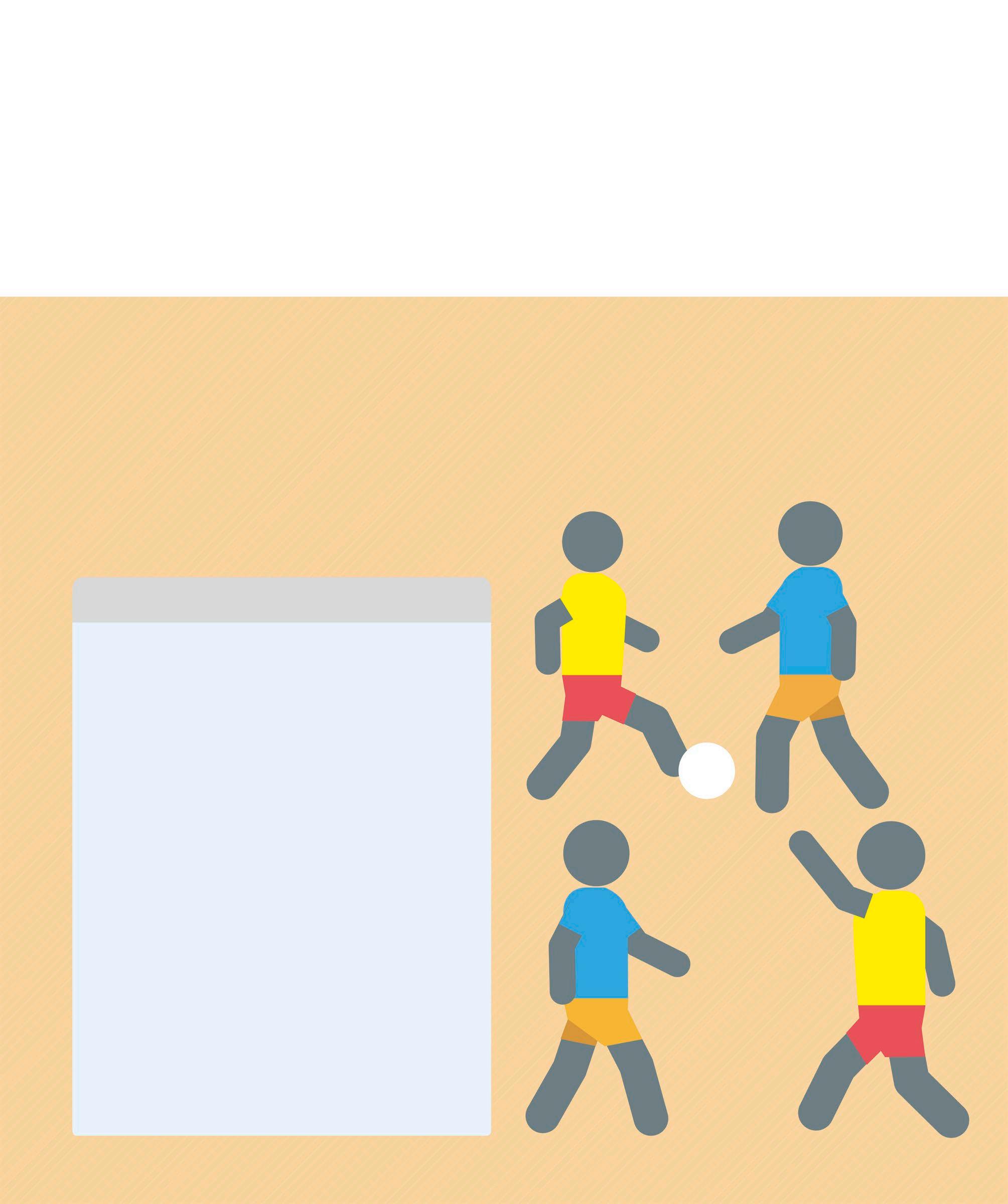Input Sometimes programs need to receive information in order to deliver a result, or output. Scratch has several ways of getting input, including through key presses, by sensing on-screen interactions, and by asking users to type in information.
User interactions Users can type information into the computer, or use the keyboard or mouse to provide movement or positioning instructions.
Types of input There are a lot of different ways in which information can be entered into a computer system for processing. In Scratch, input to a script is usually in the shape of a rounded block that contains some information, or a pointed block that contains a Boolean expression (see p.44).
External information Scratch can detect the username of the logged-in user, the current date and time, and can get translations from Google Translate using an extension.
Sensor input Some computer systems can sense the outside world. In Scratch, it is possible to detect the loudness of sounds and video camera movements. Sprites can detect each other.
Moving under keyboard control In many games and other programs, the user presses keys on the keyboard to move objects or make things happen. Scratch has an Events block that starts a script when a key is pressed. However, for smoother movement, a script can use a loop that continuously checks for key presses.
Information for processing Sometimes programs are given some information to work with. For example, a program might have a list of items to add up for a shopping checkout.
clicked
when
pen down
If the up arrow is pressed, the sprite’s y position goes up by 10
forever if
key up arrow
pressed ?
then
change y by 10
if
key down arrow
pressed ?
then
change y by -10
This block moves the sprite down
if
key left arrow
pressed ?
then
change x by -10 Movement script This script illustrates how to move a sprite under keyboard control, using the arrow keys. It uses the pen to draw a line as it goes, so it can also be used as a simple art program.
if
key right arrow change x by 10
pressed ?
then














































